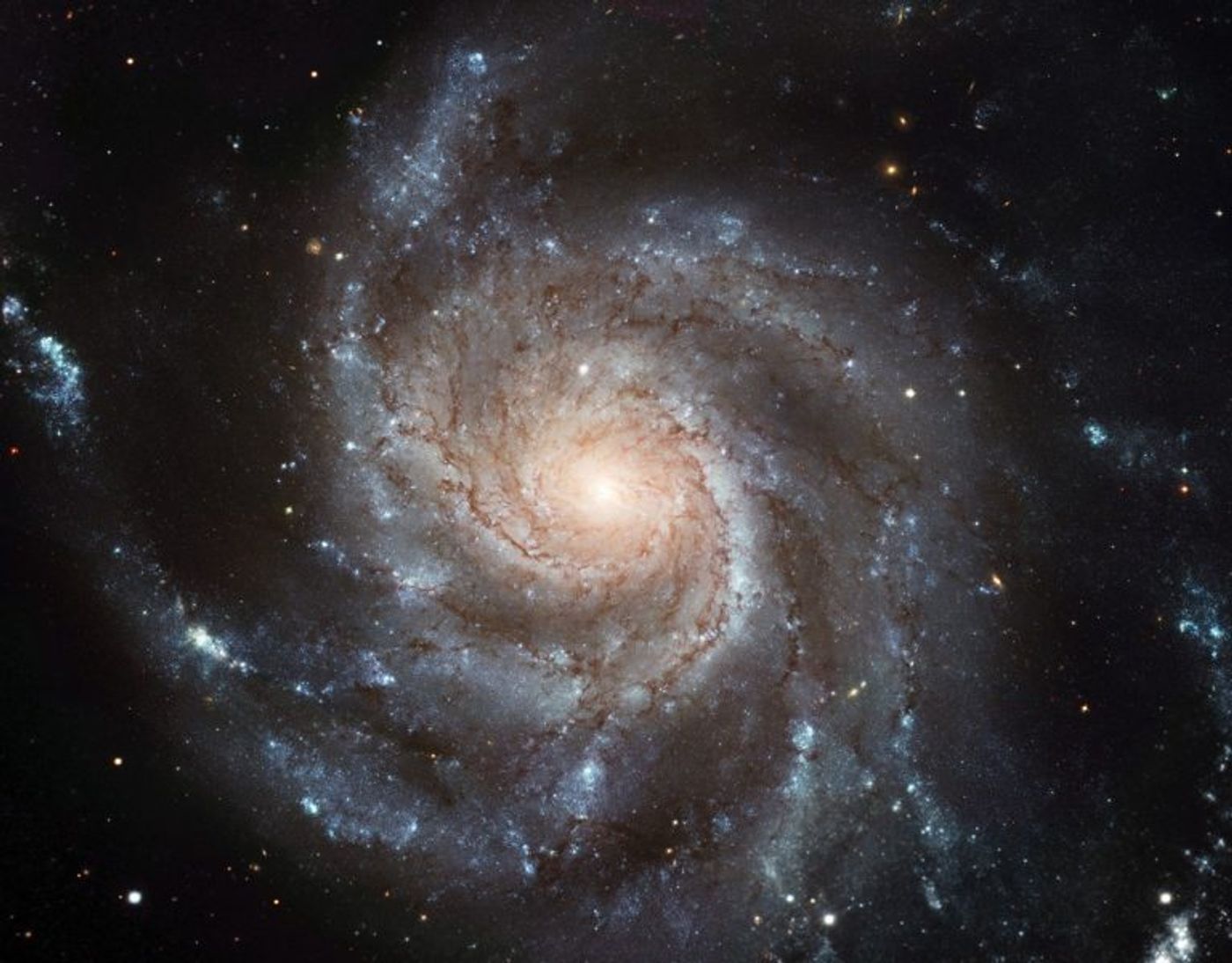Galaxies, Large and Small, Rotate At Similar Rates
You might feel inclined to believe that larger, denser galaxies rotate significantly more slowly than smaller, lighter ones. On the other hand, research published in the journal Monthly Notices of the Royal Astronomical Society this week reveals how this isn’t the case.
Instead, the team of researchers involved in the study call attention to how galaxies of all sizes appear to rotate at approximately the same rate: once every one billion years.
Image Credit: ESA/NASA
Notably, there’s wiggle room for interpretation. Not every galaxy rotates precisely once every billion years, but the figure seems to be reasonably regular despite minor deviations from one galaxy to the next. That said, it serves as a relatively reliable approximation across the board.
"It's not Swiss watch precision, but regardless of whether a galaxy is very big or very small, if you could sit on the extreme edge of its disk as it spins, it would take you about a billion years to go all the way around," said Gerhardt Meurer, the lead author of the study.
"Discovering such regularity in galaxies really helps us to better understand the mechanics that make them tick-you won't find a dense galaxy rotating quickly, while another with the same size but lower density is rotating more slowly," he continued.
Related: Hubble spies on two colliding galaxy clusters
As a bonus, the researchers say they’ve found evidence for older stars residing at the edge of galaxies. The findings allegedly conflict with current models, which predict the existence of gas and young stars at the edges of galaxies. Instead, it seems that there could be a mix of everything.
"So because of this work, we now know that galaxies rotate once every billion years, with a sharp edge that's populated with a mixture of interstellar gas, with both old and young stars," Meurer said.
Related: This galaxy may be mostly comprised of dark matter
The findings proposed by this study are revolutionary. They could potentially validate existing or upcoming theories concerning galaxies and the stellar formation that takes place inside of them.
The researchers say that future space observatories like the Square Kilometre Array (SKA) could shed more light on the findings, among other things, but we’ll just have to wait and see.
Source: ICRAR









